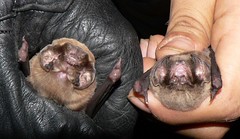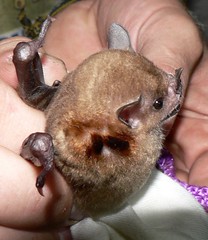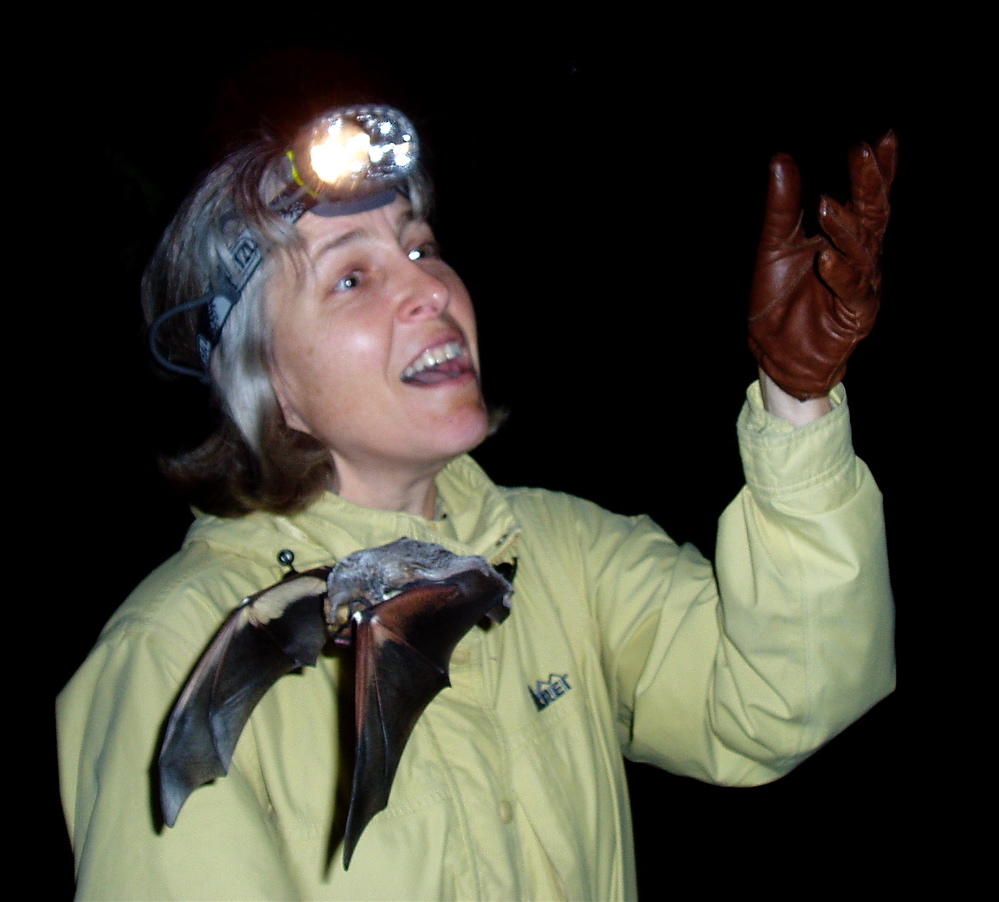My first poster
As promised, you can download the poster that Gabe and I presented in Merida.
The poster describes our efforts to document any interference introduced by the waterproof casing I made for the Pettersson D240x bat detector. OK, I'll try to translate that into english.
The equipment we use to record bat calls is like your digital camera or ipod; it can't get wet. Unfortunately, bats do not fly only when it's dry out! So I designed a couple of alternatives for ways to keep it dry in the field. However, the equipment is also very sensitive, and I figured that anything surrounding it might somehow interfere with the bat calls I'm trying to record. Imagine if you're listening to music, and then you put a bucket over your head -- think the music might sound different? The real question is, does it make the sound so different that you can't tell who is singing?
So we set out the detectors both in the casings and "naked" and recorded the same calls on each to compare. The short answer is: yes, there was interference, but you could still tell who was singing. Yay! Now I can get on with my research!
For more information, download the poster and check it out. If you want more info, such as schematics for the "winning" casing, just post a question here and I'll get back to you.





